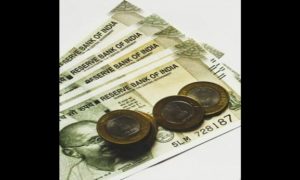Amortization means paying off a loan with regular payments over time, so that the amount you owe decreases with each payment. Most home loans amortize, but some mortgage loans do not fully amortize, meaning that you would still owe money after making all of your payments. Loans that do not amortize fully during the tenure may require a large, lump sum ‘balloon’ payment at the end of the loan term. Be sure you know what type of loan you are getting.
Read More:- Gold Prices Show Signs Of Slowness; Check April 10 Rates In Delhi, Mumbai And Other Cities
A balloon payment is a larger-than-usual one-time payment at the end of the loan term. If you have a mortgage with a balloon payment, your payments may be lower in the years before the balloon payment comes due, but you could owe a big amount at the end of the loan.
Most balloon loans require one large payment that pays off your remaining balance at the end of the loan term. If you’re considering a balloon loan, you need to think about whether and how you can make the balloon payment when it comes due. A mortgage with a balloon payment can be risky because you owe a larger payment at the end of the loan.
Read More:- FM Sitharaman To Embark On US Tour From Today; To Attend WB Group, IMF Meets
If the value of your property falls, or if your financial condition declines, you might not be able to sell or refinance in time before the final balloon payment comes due. If you’re not sure how you would manage to pay off the balloon payment when it comes due — for instance, out of your savings — consider another type of loan.



































